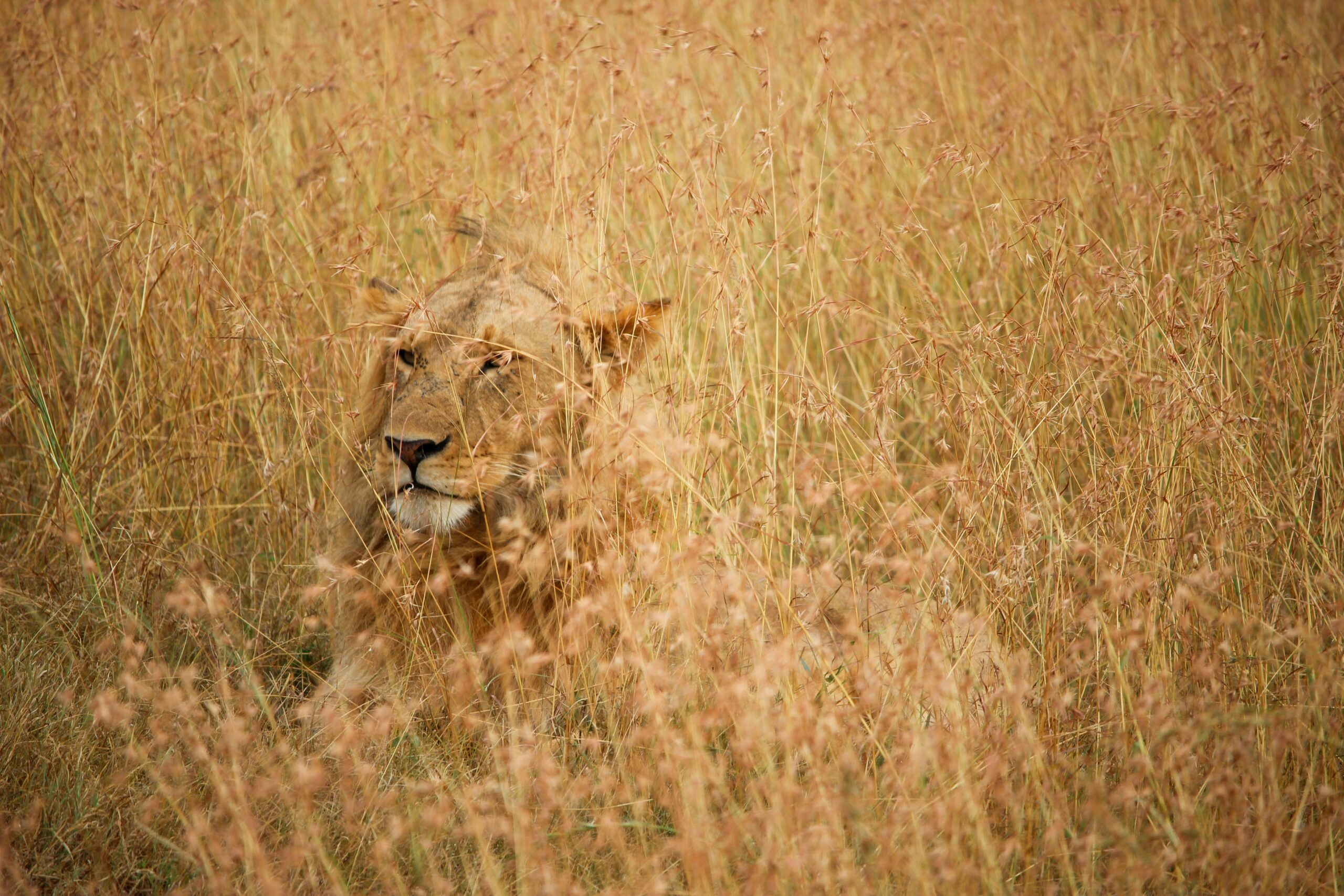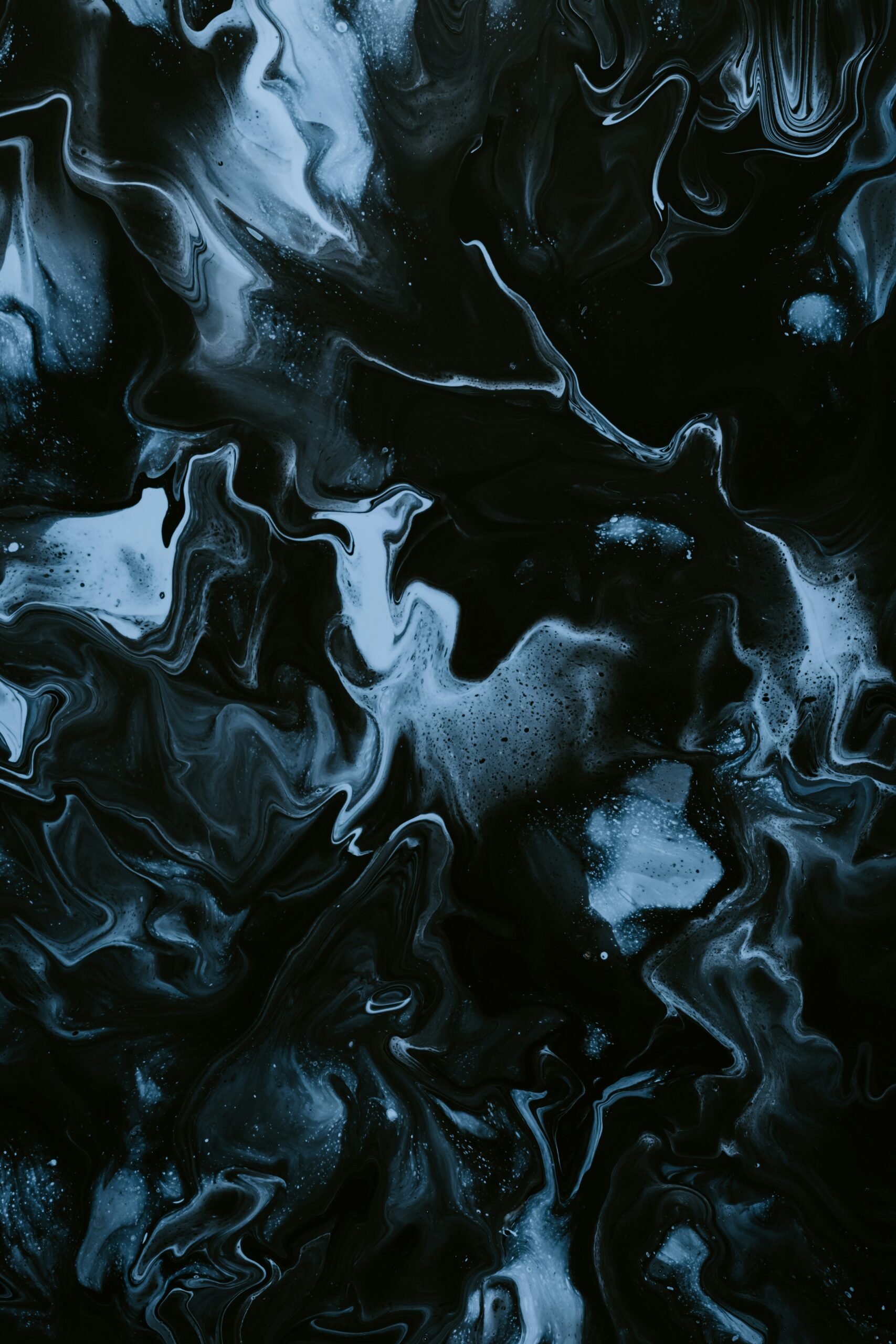If you’ve ever wondered about the various camouflage patterns that exist for outdoor gear, you’re in for a treat. From woodland and desert to urban and snow, there are a wide array of camouflage designs that cater to diverse outdoor environments. Whether you’re an avid hunter, a military enthusiast, or simply someone who loves spending time in nature, understanding the different types of camouflage can help you blend seamlessly into your surroundings and enhance your outdoor experience. So, let’s explore the fascinating world of camouflage patterns used in outdoor gear and discover how they enable us to stay hidden in plain sight.
Understanding Camouflage
Camouflage is a technique used to conceal objects or individuals by blending them with their surroundings. In the world of outdoor gear, camouflage is of utmost importance as it plays a crucial role in ensuring hunters, military personnel, and nature enthusiasts are able to blend seamlessly into their environment. Camouflage patterns have evolved over the years, taking into consideration different terrains and seasons, and today, there are various types of camouflage patterns available to suit every need.
Importance of Camouflage in Outdoor Gear
Camouflage in outdoor gear is not just a fashion statement; it serves a significant purpose. Whether you are out hunting, observing wildlife, or engaged in military operations, blending in with the surroundings is vital. A well-designed camouflage pattern can make all the difference between remaining undetected and being exposed to potential risks.
By effectively mimicking the colors and patterns found in nature, camouflage allows outdoor enthusiasts to become virtually invisible to their prey or adversaries. It enables them to move unseen, ensuring a higher chance of success in their endeavors. Additionally, camouflage also helps reduce the impact of human presence on delicate ecosystems by minimizing disturbance to wildlife.

Basic Principles of Camouflage
Effective camouflage is based on three fundamental principles: disruptive coloration, blending, and mimicry. Disruptive coloration refers to the use of irregular patterns and high contrast colors that break up an object’s outline, making it harder to spot. Blending involves matching the colors and textures of the surrounding environment to merge seamlessly. Mimicry, on the other hand, entails replicating specific elements found in nature to mimic the appearance of a particular object.
These principles guide the design of camouflage patterns, ensuring they provide optimal concealment in different environments and conditions.
Woodland Camouflage Pattern
The woodland camouflage pattern is perhaps one of the most recognizable and widely used camouflage patterns. It is typically characterized by its mixture of browns, greens, and blacks, resembling the colors found in forested areas. The pattern features irregular shapes and blotches, allowing the wearer to blend seamlessly into wooded environments.
Woodland camouflage is versatile and suitable for a range of outdoor activities, such as hunting, bird-watching, and nature photography. Many outdoor gear manufacturers offer items like jackets, pants, backpacks, and even tents with woodland camouflage patterns, enabling individuals to remain hidden in the wilderness.

Desert Camouflage Pattern
Designed specifically for arid and sandy environments, desert camouflage patterns aim to mimic the earth tones and textures found in deserts. These patterns commonly include shades of sand, tan, and light brown, with occasional black or dark green accents. The intricate design helps individuals blend into the desert terrain and provides effective concealment.
Outdoor gear featuring desert camouflage is particularly useful in desert adventures, military operations in arid regions, and even for outdoor enthusiasts exploring dune-filled landscapes.
Winter/Arctic Camouflage Pattern
Winter and arctic camouflage patterns are tailored for snowy and icy environments. These patterns utilize whites, grays, and light blues, replicating the color palette of snow-covered landscapes. Both irregular shapes and linear patterns are employed to break up the wearer’s silhouette and aid in blending with the snowy surroundings.
Outdoor gear designed with winter or arctic camouflage is highly sought after by those venturing into snowy regions, such as mountaineers, skiers, and snowshoers. Jackets, pants, hats, and gloves outfitted with this pattern provide excellent concealment in icy landscapes.

Urban Camouflage Pattern
In contrast to the natural environment-focused patterns, urban camouflage is designed specifically for blending into urban settings and man-made structures. This pattern typically incorporates grays, blacks, and sometimes blues, mimicking the colors of concrete, asphalt, and buildings found in cities. Shapes, angles, and straight lines are commonly used to imitate the geometric patterns of urban landscapes.
Outdoor gear with urban camouflage patterns caters to those who need to remain inconspicuous in urban environments, such as security personnel, urban photographers, and individuals engaged in urban exploration.
MultiCam Camouflage Pattern
Developed to address the challenges of operating in diverse environments, MultiCam camouflage patterns excel in providing effective concealment across a wide range of terrains. This pattern combines multiple shades of browns, greens, and tans, incorporating both large and small irregular shapes to maximize camouflage effectiveness in various landscapes.
Items of outdoor gear featuring the MultiCam camouflage pattern are favored by military personnel, law enforcement officers, and avid outdoor enthusiasts due to their adaptability and versatility.
Digital Camouflage Pattern
Digital camouflage patterns, also known as pixelated camouflage, revolutionized the camouflage industry. Inspired by computer-generated imagery, this pattern features small rectangular pixels arranged in various color combinations. The purpose of this design is to blend seamlessly with digital environments, such as urban areas or digital maps, where traditional patterns may not be as effective.
Outdoor gear incorporating digital camouflage patterns finds popularity among computer-based operations, such as drone operators, digital cartographers, and tactical gaming enthusiasts.
MARPAT Camouflage Pattern
The MARPAT (Marine Pattern) camouflage pattern was specifically designed for the United States Marine Corps. It combines vibrant earth tones, such as forest green and tan, in a unique digital pattern. The purpose behind this pattern is to provide effective concealment in woodland and desert terrains, making it a versatile option for military applications.
Outdoor gear featuring MARPAT camouflage is predominantly utilized by military personnel operating in both woodland and desert conditions, ensuring they remain concealed and protected.
A-TACS Camouflage Pattern
A-TACS (Advanced Tactical Concealment System) camouflage pattern is known for its extensive use of organic shapes and intricate designs. This pattern incorporates a mixture of colors, including greens, browns, tans, and grays, to provide effective concealment in various environments. The intricate pattern is designed to break up an individual’s silhouette and enhance their overall camouflage.
Outdoor gear with the A-TACS camouflage pattern is popular among hunters, law enforcement officers, and military personnel for its ability to blend into diverse terrains impressively.
Conclusion
When it comes to choosing the right camouflage pattern for your outdoor gear, it’s crucial to consider the specific environment you will be operating in. Each pattern has been carefully designed to optimize concealment and mimic natural surroundings. By understanding the different types of camouflage available, you can select gear that suits your needs, ensuring you remain hidden while enjoying your outdoor adventures.
The use of camouflage in outdoor gear is a growing trend that shows no signs of slowing down. As technology advances, so does the sophistication and effectiveness of camouflage patterns. From traditional woodland patterns to cutting-edge digital designs, outdoor enthusiasts can now choose from a plethora of options. So, whether you’re embarking on a hunting expedition, exploring the city streets, or trekking through icy landscapes, there’s a camouflage pattern perfect for you and your gear. So go ahead, embrace the power of camouflage and enhance your outdoor experiences.

